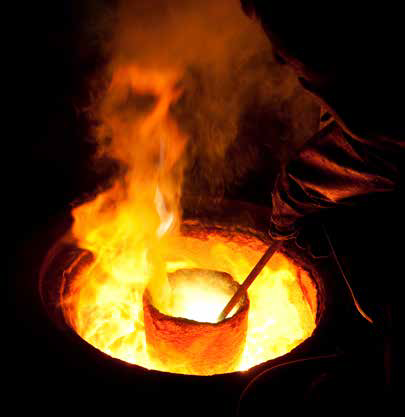Abstract
In High Pressure Die Casting production it is necessary to keep the die temperature within a certain specified range for the following basic reasons:
- Ensure that the casting solidifies progressively from the opposite part to the running systems, in order to reduce much more as possible the porosity.
- Reduce hot spots and make the die more isothermal.
- Modify the grain size and microstructure to improve mechanical properties.
- Increasing the die life time.
Working with a die at excessively low temperature there will be problems like premature solidification and incomplete filling of the die cavity, difficult ejection due to increase of shrink force and in consequence of high thermal gradients, rapid die wear, thermal shock of the die surface and also formation of cold shuts.
Read the article

